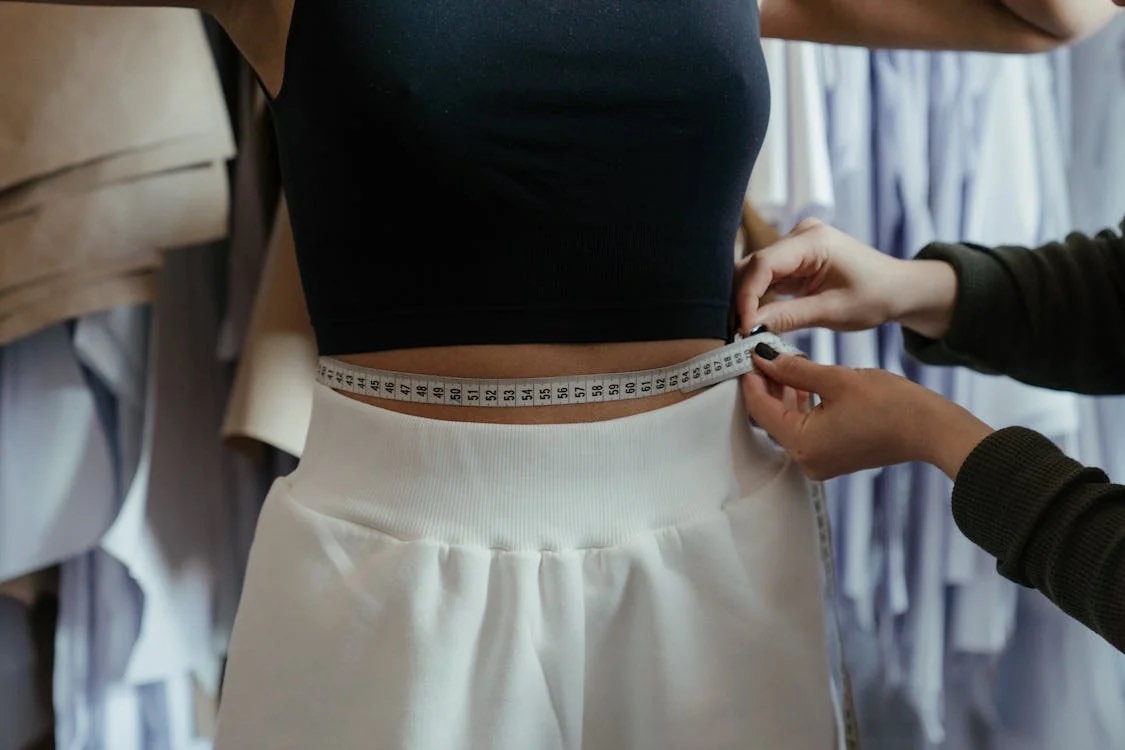Liposuction is basically a cosmetic surgery used to remove any unwanted fat from the body.
What it is involves is sucking out small areas of fat that are generally hard to lose through the means of exercise and a healthy and balanced diet. Liposuction is carried out on areas of the body in which deposits of fat tend to collect, such as the hips, thighs, buttocks and the tummy area.
The ultimate aim to is to alter the shape of the body and to provide long-lasting results, which is generally the case if you keep to a healthy weight.
The best results are shown in people who are an ‘average’ weight and in areas where the skin is tight. Liposuction is not a treatment for obesity, it does not get rid of cellulite or stretch marks. It is only really an option for people that have tried changing their lifestyle through other means, such as eating a healthy diet and regularly exercising, but have found that it has not helped.
If you are considering liposuction for yourself for cosmetic reasons, think about it extremely carefully before you go ahead. It can be expensive, and results cannot always be guaranteed. Moreover, there are risks to think about.
It is advised to discuss your thoughts about liposuction with your GP to make sure liposuction is right for you. You must ask yourself if you have the financial means to go ahead with liposuction, why you want it done and what you hope to achieve by getting it done.
How much does it cost?
In the United Kingdom, the price of liposuction ranges from around the mark of £2,000 to £6,000. This depends on where you go, who does the treatment and which areas of the body are being treated.
If liposuction is carried out for the sake of cosmetic reasons, it is not normally available on the NHS. However, sometimes liposuction is carried out in order to treat certain health conditions and is therefore available on the NHS in these circumstances as it is necessary as part of the treatment.
What does liposuction involve?
When receiving liposuction, you will be under general anaesthetic, although you may be given an epidural anaesthetic if the liposuction is being carried out and focussed on the lower parts of the body.
The start off, your surgeon will mark on your body where the area is that the fat is to be removed from. He or she would then (in this order):
- Inject the marked area with a solution which contains anaesthetic and medication, to reduce blood loss, bruising and swelling.
- Attempt to break up the fat cells using high-frequency vibrations, a high-pressure water jet or a weak laser pulse.
- Make a little incision (cut) and then insert a suction tube which is attached to a vacuum machine. Several cuts will need to be made if the area is larger, however.
- Move the suction tube back and fourth to really loosen the fat, to then suck it out
- Drain any excess blood or fluid
- Stitch and bandage you up in the area that has been treated.
A liposuction treatment usually takes anywhere from one to three hours. Most people find that they are required to stay in hospital overnight.
After-math
After your procedure, you will be fitted with an elasticated support corset or compression bandages. These both in turn reduce swelling and bruising, and should be constantly worn for several weeks after the operation. These can be taken off while showering or bathing.
After about a week your stitches will be removed, unless of course you had dissolvable stitches.
You may also be told you need to take antibiotics straight away after the procedure to reduce the risk of infection. Most people opt to take mild painkillers such as paracetamol to ease the pain and swelling left behind after the operation.
If you were administered general anaesthetic , you will need someone to drive you home afterwards and stay with you for the first 24 hours. You will not be able to drive for a few days, for safety reasons.
Recovery
A full recovery from liposuction treatment usually only takes about 2 weeks.
If only a small area was treated, you should be able to return to work within the space of a few days . If it were a larger area however, you may need to take as much as 10 days off work to recover.
You will be advised to not engage in any strenuous activity for up to four weeks. General movement such as walking, will usually be fine straight after the treatment.
Annoyingly, the results of the liposuction procedure are not always noticeable until the swelling has reduced. This can unfortunately take up to six months for the area to settle swelling wise completely.
Potential side effects to expect
It is common after a liposuction procedure to have:
- Numbness – this should go away in about six to eight weeks
- Bruising and swelling – which may last up to as long as six month
- Scars
- Swollen ankles, if it was the legs are ankles that were treated
- Inflammation of the treatment area, or the of the veins underneath
- Fluid coming from the cuts
Things that may go wrong
In some cases, liposuction can result in:
- Uneven results with lumps
- Persistent numbness
- Bleeding under the skin (haematoma)
- Changes in skin colour in the area of treatment
- A build up of fluid in the lungs (pulmonary oedema) from the fluid injected into the body
- A blood clot in the lungs (pulmonary embolism)
- Damage to internal organs during the procedure
Operations in general can potentially come with complications such as:
- Excessive bleeding
- Infection
- Developing a blood clot in a vein
- An allergic reaction to the anaesthetic
It is up to your surgeon to explain how likely the risks and complications listed above are and how they will be treated if they were to occur.
On occasion, people who have undergone liposuction are unhappy with their results and choose to go back for another operation.

